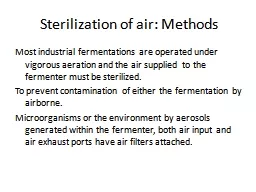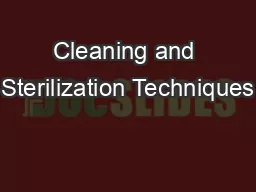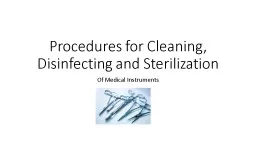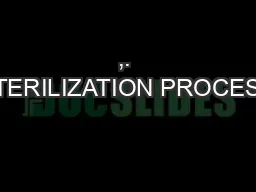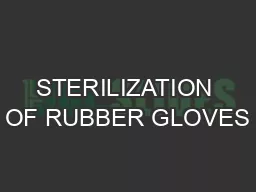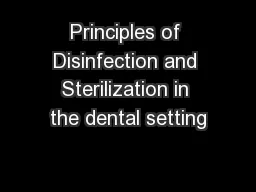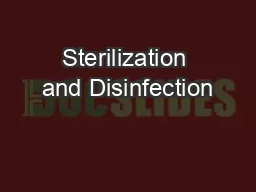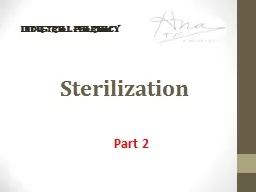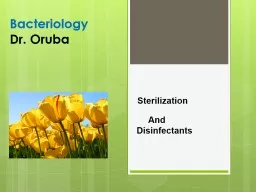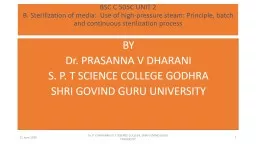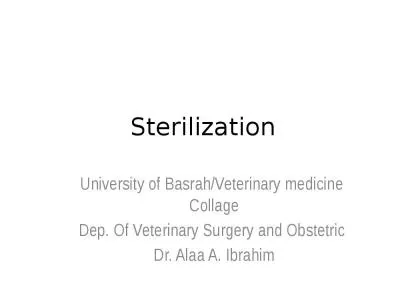PPT-Sterilization of air: Methods
Author : alexa-scheidler | Published Date : 2017-03-16
Most industrial fermentations are operated under vigorous aeration and the air supplied to the fermenter must be sterilized To prevent contamination of either the
Presentation Embed Code
Download Presentation
Download Presentation The PPT/PDF document "Sterilization of air: Methods" is the property of its rightful owner. Permission is granted to download and print the materials on this website for personal, non-commercial use only, and to display it on your personal computer provided you do not modify the materials and that you retain all copyright notices contained in the materials. By downloading content from our website, you accept the terms of this agreement.
Sterilization of air: Methods: Transcript
Download Rules Of Document
"Sterilization of air: Methods"The content belongs to its owner. You may download and print it for personal use, without modification, and keep all copyright notices. By downloading, you agree to these terms.
Related Documents

